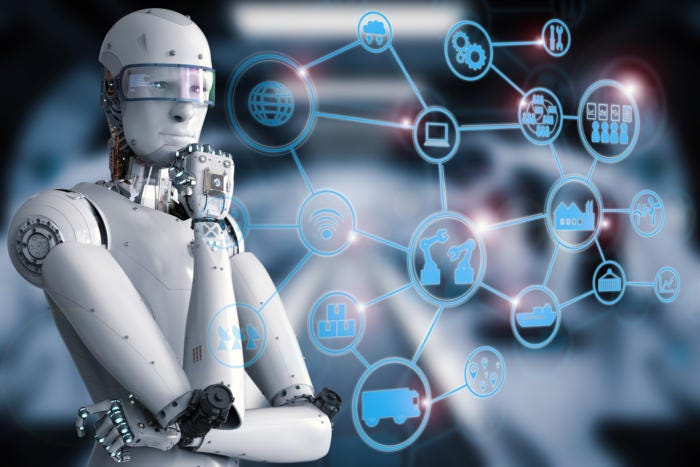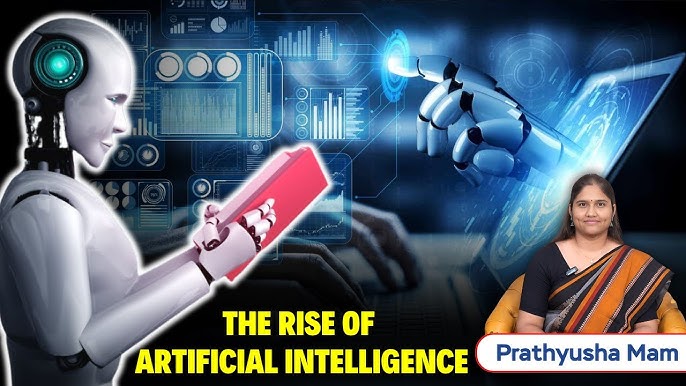In a world increasingly defined by automation, connectivity, and digital intelligence, the concept of systemia has started gaining significant attenti
In a world increasingly defined by automation, connectivity, and digital intelligence, the concept of systemia has started gaining significant attention. Although the term may sound futuristic, it reflects a very real shift happening across industries—from software development and business operations to artificial intelligence and everyday consumer technology. Systemia refers to a new age of intelligent, adaptive, and interconnected systems that work together seamlessly to enhance efficiency, productivity, and innovation.
In this in-depth 1200-word guide, we explore what systemia means, how it works, why it matters, and how it is changing the way individuals and businesses approach technology in 2025.
What Is Systemia? Understanding the Core Concept
At its core, systemia represents the convergence of multiple advanced systems into one unified, intelligent ecosystem. It combines:
- Artificial intelligence
- Automation
- Smart infrastructure
- Cloud computing
- Data integration
- Real-time analytics
Systemia is not just a single technology—it’s a philosophy of creating intelligent systems that work together, communicate seamlessly, and adapt to changing needs without human intervention.
Key characteristics of systemia:
- Interconnected: Systems share data and insights instantly.
- Adaptive: AI allows them to learn from behavior and patterns.
- Automated: Actions happen intelligently with minimal human input.
- Scalable: Systems expand based on real-time demand.
- Efficient: Reduces waste, errors, and unnecessary workloads.
This evolution toward systemia is similar to the shift from isolated machines to smart ecosystems.
The Evolution of Systemia in the Digital Age
The idea of systemia emerged as technology evolved from standalone devices to interconnected networks. A few milestones include:
1. The Internet Revolution
As devices began communicating over the internet, data sharing became easier.
2. Cloud Computing
Cloud systems allowed businesses to unify storage, apps, and analytics.
3. Artificial Intelligence
AI enabled systems to think, learn, and adapt.
4. The Internet of Things (IoT)
Everything from refrigerators to industrial machines began connecting to the cloud.
5. Automation & Robotics
Tasks that once required manual labor became automated.
Systemia is the natural next step—a full integration of these technologies into one intelligent ecosystem.
How Systemia Works: A Layered Architecture
Understanding how systemia functions requires exploring its layered structure.
1. The Data Layer
Systemia begins with data collection:
- Sensors
- Apps
- User activity
- Devices
- Business systems
This layer feeds raw data into the ecosystem.
2. The Integration Layer
Here, data is unified using:
- APIs
- Cloud connectors
- Data pipelines
This ensures seamless communication between systems.
3. The Intelligence Layer
AI models analyze patterns, predict outcomes, and trigger actions.
Examples include:
- Automated decision-making
- Predictive analytics
- Machine learning recommendations
4. The Execution Layer
This is where systemia takes action:
- Automating workflows
- Sending notifications
- Adjusting machine settings
- Re-routing processes
5. The Experience Layer
This layer includes user interfaces:
- Dashboards
- Mobile apps
- Voice assistants
- Smart displays
Here, humans interact with the systemia environment intuitively.
Industries Being Transformed by Systemia

Systemia is not limited to tech companies. It is reshaping nearly every industry.
1. Business Operations
Companies use systemia to streamline:
- Inventory management
- Customer service
- Employee workflows
- Finance and billing
- Project coordination
AI automates repetitive tasks, freeing teams to focus on strategic work.
2. Healthcare
Systemia is revolutionizing healthcare by enabling:
- Smart patient monitoring
- Diagnosis-assisted AI
- Automated scheduling
- Unified medical records
- Predictive disease detection
Hospitals now operate on fast, integrated systems that reduce human error.
3. Manufacturing & Industry
Factories use systemia for:
- Robotics
- Quality control
- Supply chain management
- Equipment maintenance predictions
- Real-time monitoring
This improves speed, accuracy, and production output.
4. Smart Homes & Consumer Tech
Systemia makes everyday life smarter:
- Connected appliances
- Automated lighting and climate control
- Voice assistants
- Security monitoring
- Smart entertainment systems
Homes are now intelligent ecosystems aligned with user behavior.
5. Finance & Banking
Banks rely on systemia for:
- Fraud detection
- Automated trading
- Personalized financial recommendations
- Risk assessment
- Seamless digital transactions
This increases security and enhances customer service.
Benefits of Systemia: Why It Matters
The value of systemia is enormous, offering both immediate and long-term benefits.
✔ Increased Efficiency
Automation reduces time spent on manual tasks.
✔ Cost Reduction
Systemia minimizes errors and lowers operating costs.
✔ Better Decision-Making
AI insights help predict trends and optimize outcomes.
✔ Scalability
Systems grow as demand increases without heavy infrastructure investment.
✔ Improved User Experience
People interact with smarter, faster, and more helpful systems.
✔ Higher Security
Integrated systems detect anomalies quickly and respond instantly.
Systemia in Everyday Life: Practical Examples
To understand systemia fully, consider these real-world scenarios:
Smart Offices
Your office printer orders its own supplies.
Your calendar syncs with your meeting room system.
Your building adjusts lights and temperature based on usage.
Smart Grocery Shopping
Your fridge tracks expiration dates.
Your shopping app recommends recipes based on what you have.
Your phone sends automatic grocery lists.
Energy Efficiency
Solar panels optimize energy usage.
Smart grids distribute power based on demand.
AI adjusts your home’s heating to save money.
Systemia is already making daily life simpler and more intelligent.
The Challenges of Systemia
Despite its benefits, systemia faces challenges that must be addressed.
1. Privacy Concerns
More data connections mean greater exposure risks.
2. Cybersecurity Threats
Hackers may target integrated systems.
3. High Initial Costs
Implementing systemia requires investment.
4. Skill Gaps
Businesses need trained staff to manage intelligent systems.
5. Compatibility Issues
Not all systems integrate seamlessly—yet.
The Future of Systemia
The future of systemia is incredibly promising.
Upcoming advancements include:
- Fully autonomous smart cities
- AI-driven business ecosystems
- Personalized healthcare systems
- Hyperconnected homes
- Self-maintaining industrial machines
- Intelligent transportation networks
As systemia expands, nearly every device, platform, and service will join a unified digital ecosystem.
Conclusion: Systemia Is the Future of Intelligent Technology
Systemia represents a powerful evolution in how humans and machines interact. By merging artificial intelligence, automation, and interconnected systems, systemia creates smarter environments that anticipate needs, solve problems, and improve quality of life.
Whether in business, healthcare, manufacturing, or daily living, systemia is shaping the future—one intelligent system at a time.


COMMENTS